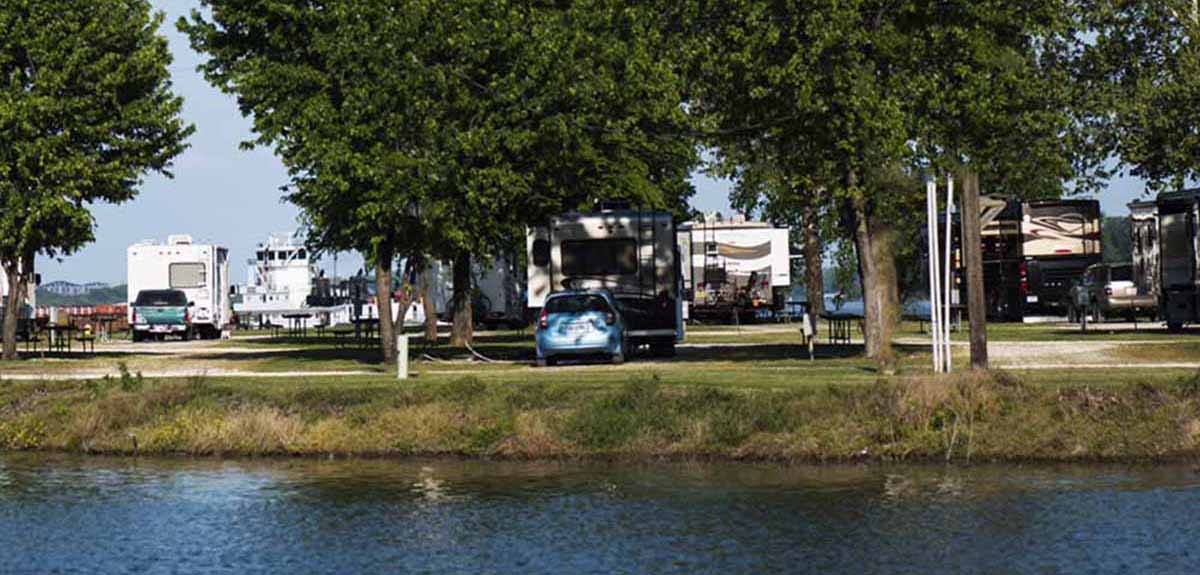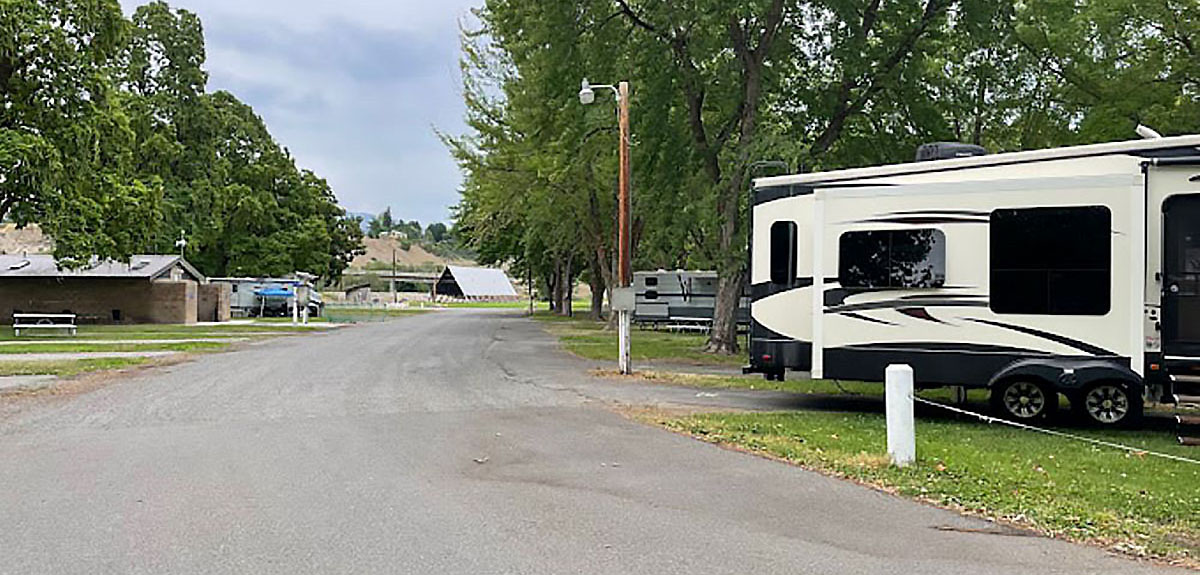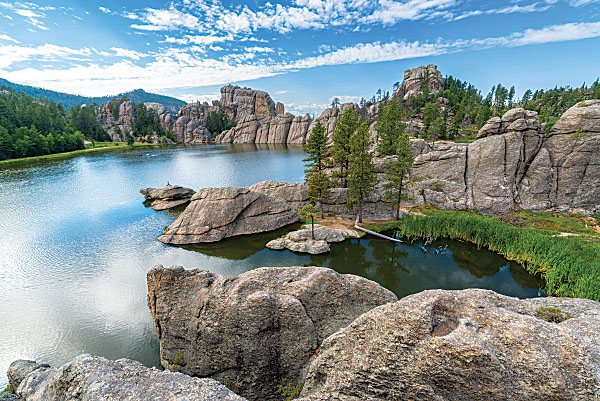How (and Why) to Bring Your Bike on An RV Trip
Whether you’re planning to hit the trails, travel around the campsite, or just get in some exercise, you should definitely pack a bicycle. Here’s how.
Image Caption: Photo Credit: Getty
There are a few key toys that are almost prerequisites for good camping trips. One of those? A bike. It doesn’t even matter where you go — a national or state park, a large campground or a small campsite. In campgrounds, there are perfect paved paths that are almost synonymous with most kids’ memories of camping. In state and national parks, you’ll find paths that are meant for mountain biking.
When you’re RVing, though, it’s not always easy to bring a bulky item like a bike on the road with you. And, not every campsite you visit may allow for bikes. We’ve put together a few things that are important to know (and a few must-knows) for bringing your bike along with you on an RV trip.
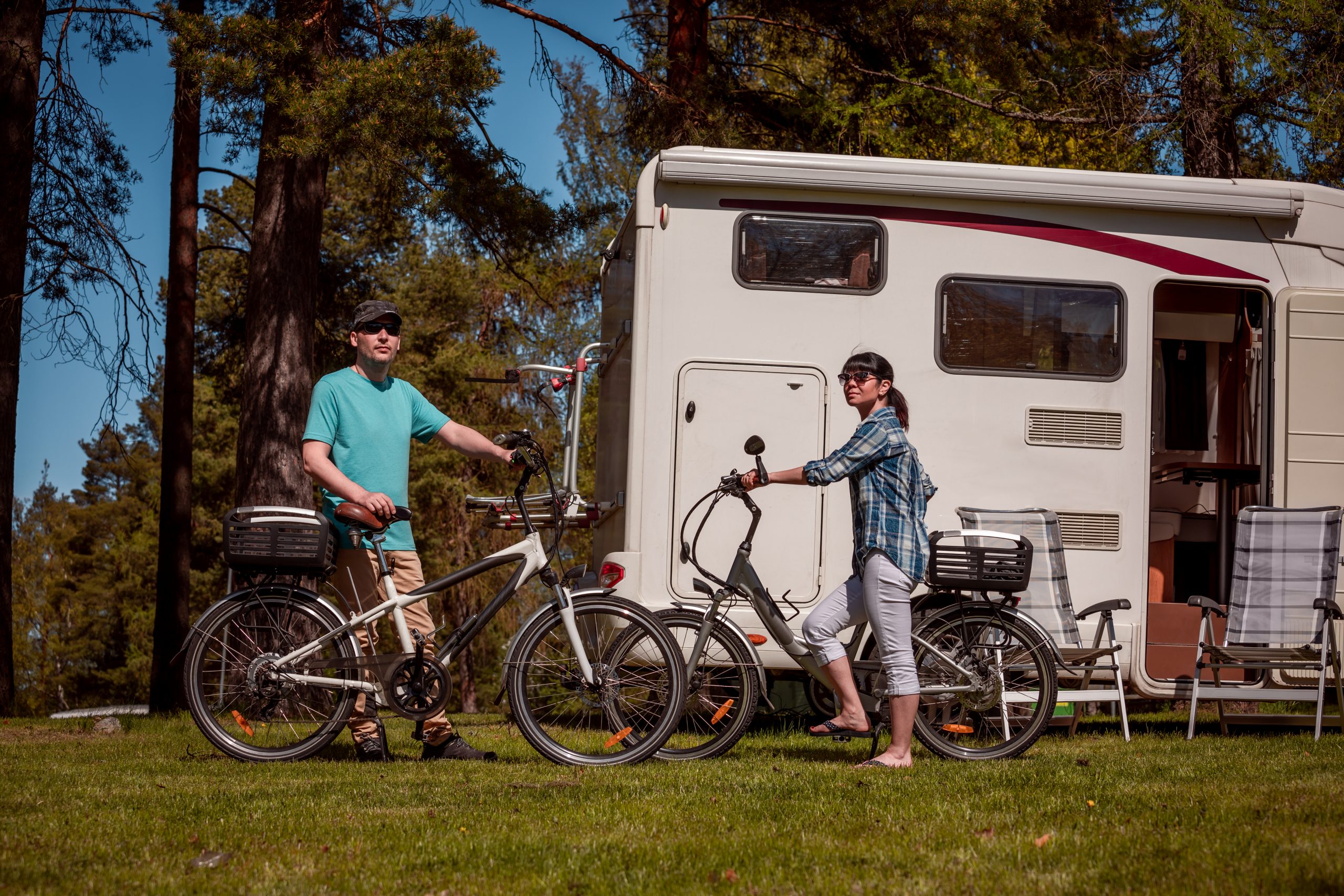
Whether using it just to get around the campsite or to go on a trailhead adventure, a bike makes a great addition to any RV trip (image from Getty).
Reasons to Bring a Bike Along
Traveling with a bike in your RV makes sense no matter how old your travel companions are. Whether you’re on a weeks-long vacation or a long weekend, a bike comes with a lot of perks that will make you glad you have it. Here are just a few:
Exercise
Biking burns calories. Doesn’t matter whether you’re cruising around the campsite or climbing a serious mountain, it’s a great way to really earn your dinner. Of course, another way to look at it is that it helps make sure your kids are good and exhausted once bedtime rolls around.
Travel
You may be towing a car with you to help get around. But if you’re in a larger coach, it doesn’t always make sense to unhook all of your hookups just to run out and get ice. A bike lets you get around and run errands more easily—whether it’s to grab ice or go see a sight. Either way, you’ll also avoid traffic.
Starting a Hobby
Whether you’re into riding seriously or not, many state and national parks have awesome mountain biking trails. Many of these trails lead to lookouts that aren’t always accessible to vehicles or even by hiking (at least, not without a lot of mileage). Trying out a few easier trails may even help you find that you enjoy it and want to get more serious about it.
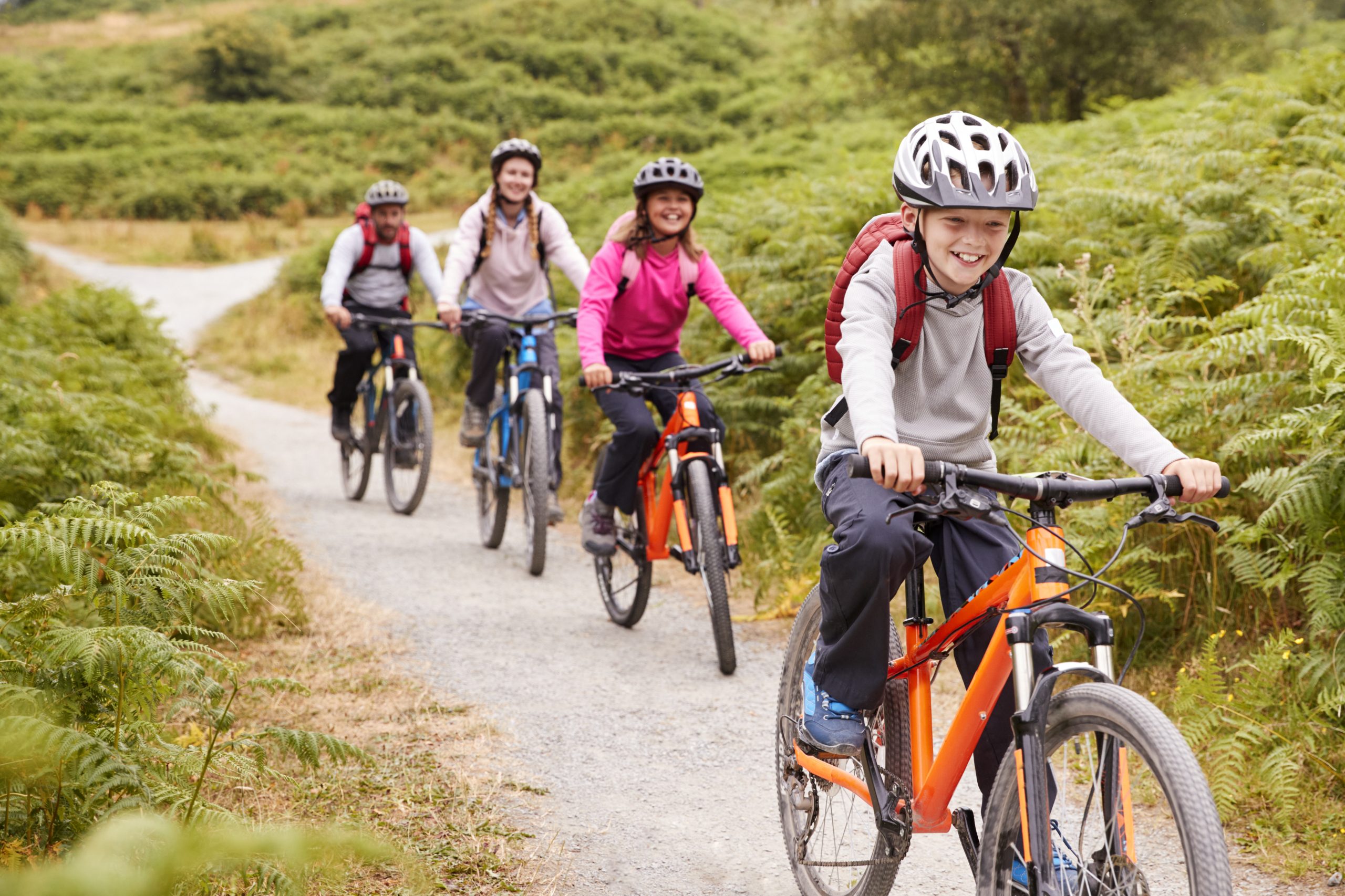
Pack bikes for the whole family and go on some epic bike trips on your next RV trip (image from Getty).
Weight Considerations
When you bring a bike on your RV trip, there are a few things to consider for safety. The first is size. Road bikes tend to be bigger than a lot of other bikes, but they’re also significantly lighter. Many other bikes, on the other hand, are heavier and dense.
Anytime you’re traveling in an RV, you want to be aware of how much weight you’re carrying with you. Bikes usually don’t weigh much more than 30 pounds—but several 30-pound bikes can add up. It’s likely to affect your gas mileage.
You’ll also want to consider how you’ll haul them. If you’re in a fifth wheel or tow-behind RV and you haul with a pickup truck, they’ll likely fit in the bed (as long as you don’t have a lot of other baggage you’re hauling).
Your bikes may also fit inside your rig, though that can cause potential damage if they move around much. Otherwise, you’ll want to investigate using a rack—in which case weight becomes even more important.
How to Store Your Bike: Bike Racks
Because bikes and RV trips belong together, there have been a large number of different types of bike racks developed for RVing. The kind you choose is up to you and your rig, but there are a couple of things to keep in mind. First, make sure the rack you choose is approved for RV or trailer use. Not all of them are. Second, be aware of the weight restrictions of the rack, and don’t exceed them with your bikes. No one wants a rack full of bikes to fall off the back of an RV while traveling down a busy highway.
Truck Bed Rack
Rather than simply throwing your bikes into the back of the truck, you can set them upright using a truck bed rack. These are simple to install and usually leave plenty of extra space as well for carrying other baggage as well.
Ladder Mount Rack
If your rig has a ladder for roof access, a ladder mount rack hooks on to that and allows you to carry your bikes well above the ground, which means your hitch can be freed to use for other needs.
Tow Vehicle Upright Rack
Whether it’s a truck or a smaller vehicle you’re using to tow your camper, an upright roof rack lets you stow bikes on top. These also fit on top of popup campers with crossbars.
Hitch or Bumper Mount Rack
One of the most standard and common mounts you’ll find is the hitch-mount rack. It connects to your trailer hitch and usually holds two or three bikes.
Around the Spare Rack
Some RVs have fairly large spare tires mounted to the back of the rig that can make putting a bike rack on difficult. For those, there’s the around the spare rack, which extends out from the bumper and provides ample space around the spare tire.
Camping is an adventure all its own, but when you bring a bike on your RV trip, you’re allowing yourself the opportunity to see and explore even more and make getting around and running errands even easier. Plus after a few trips, packing a bike will be just like riding one – simple, easy, and something you’ll never forget how to do.

